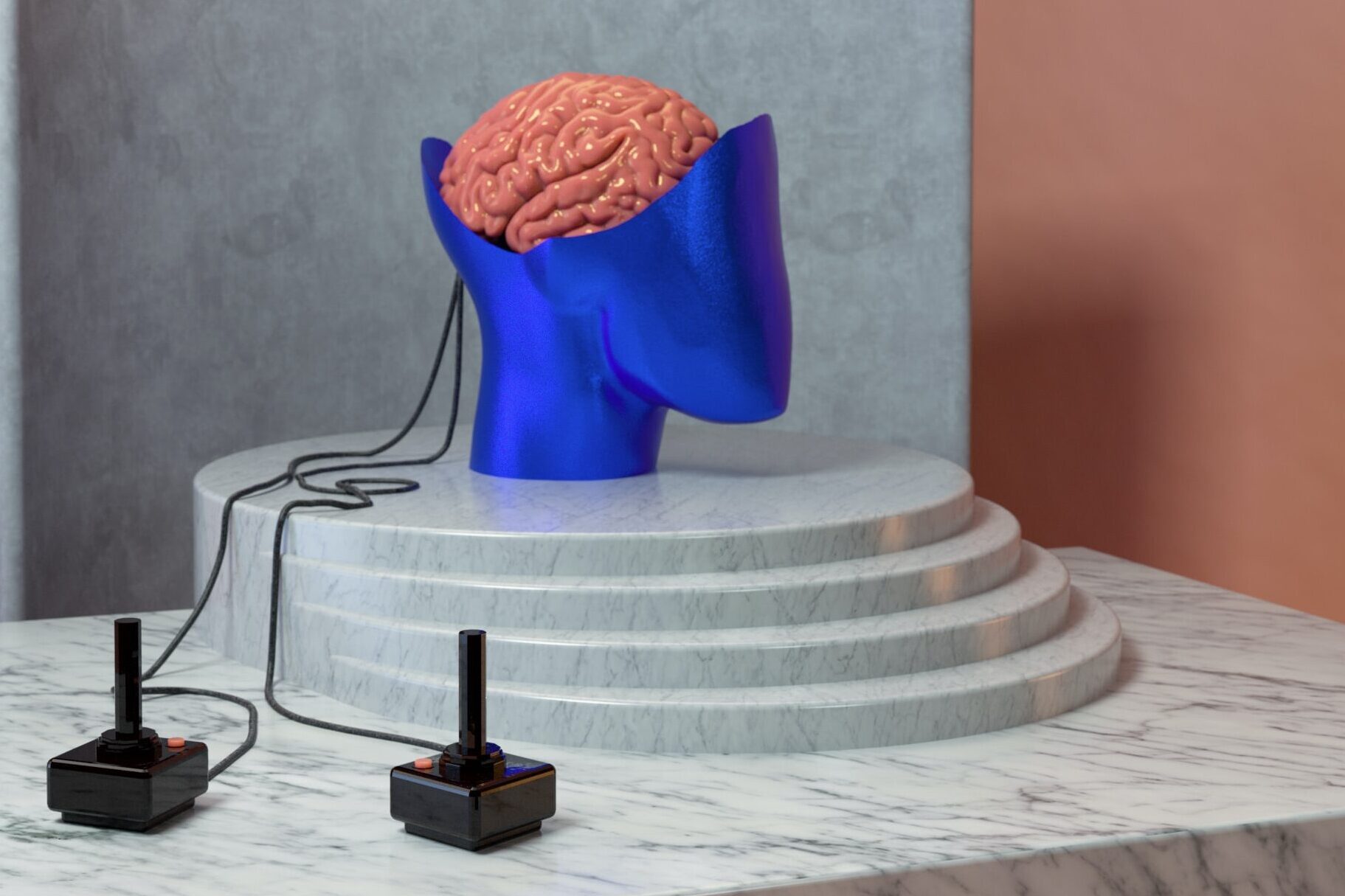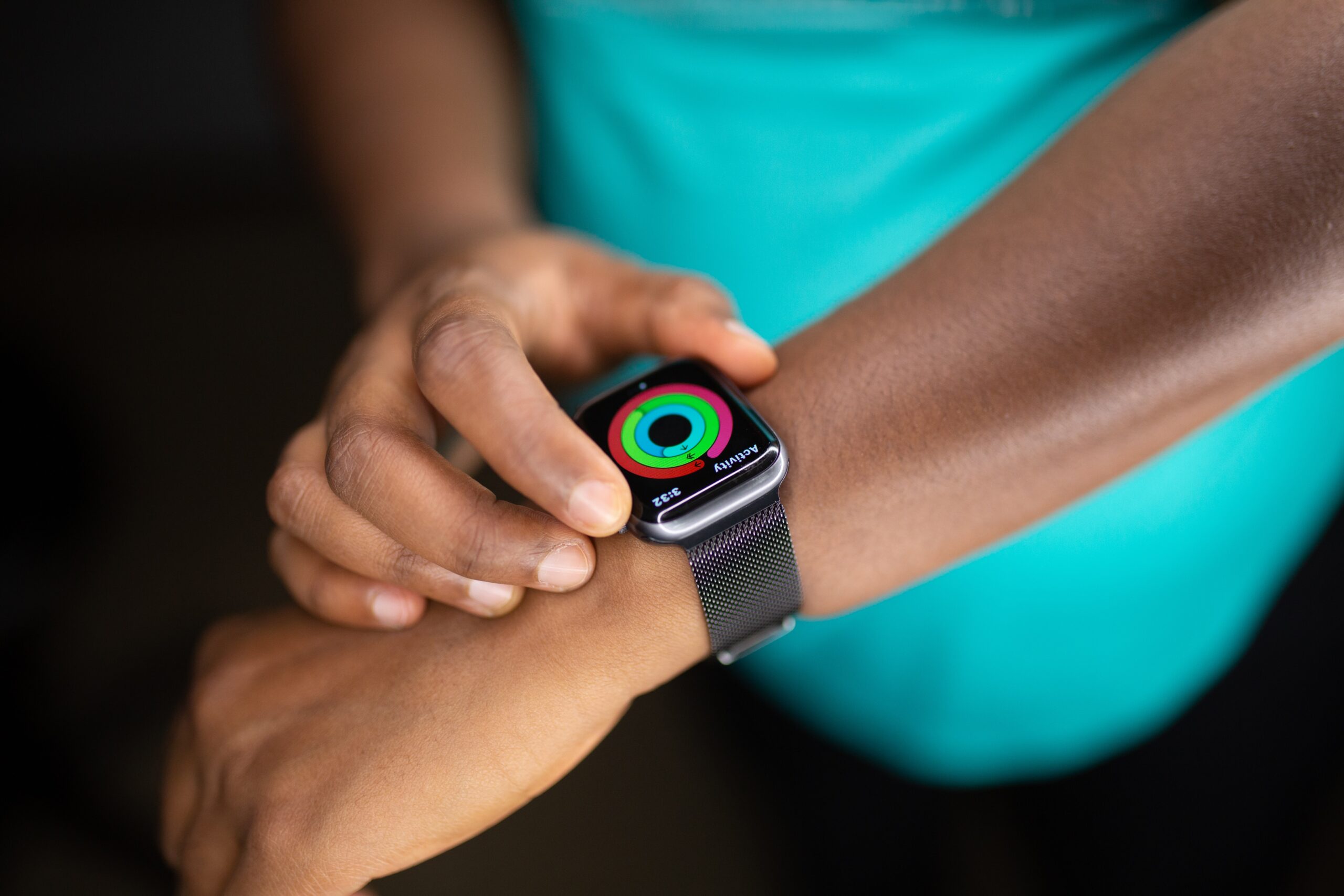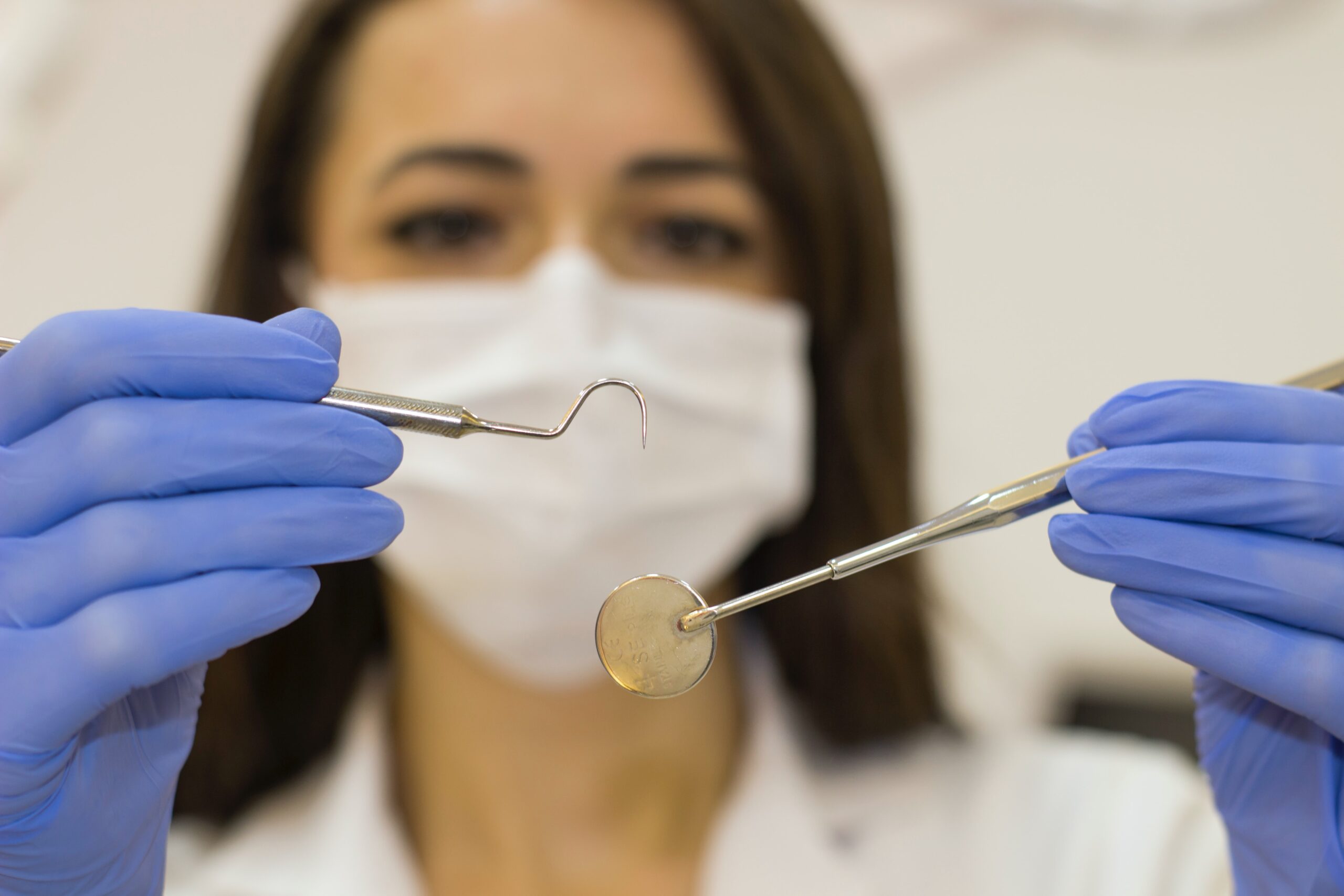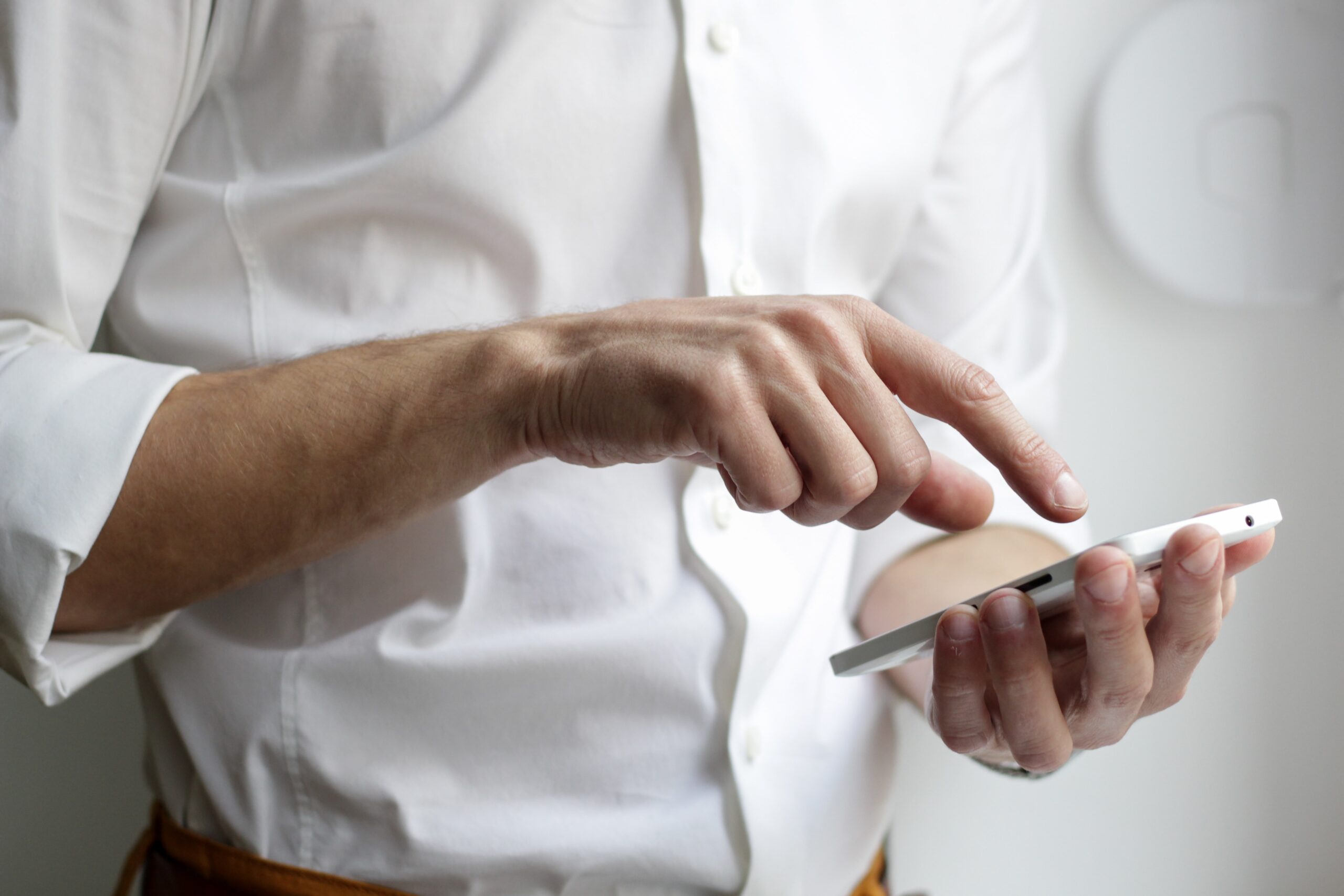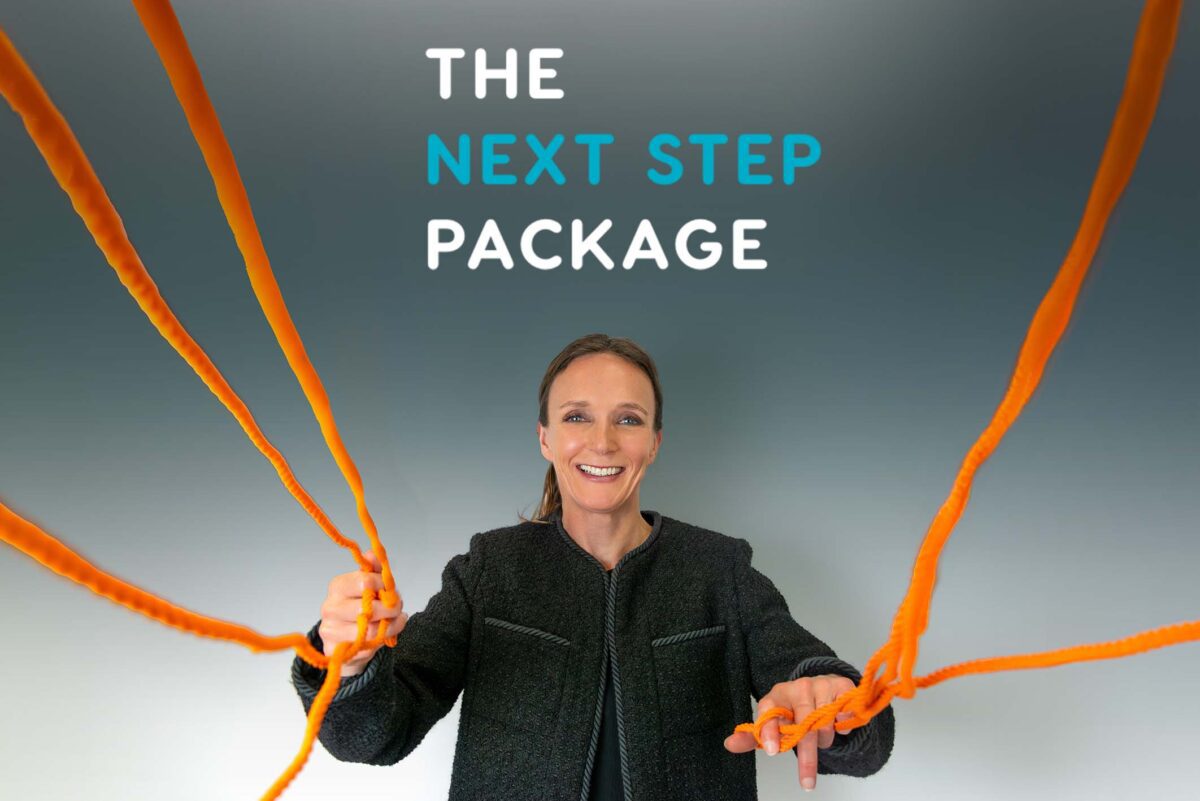7 key trends in digital health for 2022
Health and healthcare in the 21st century are inseparable from technology. This medical tech – or medtech – ranges from new vaccine platforms and AI-based treatments to lab equipment and CT scanners, all improving the quality of healthcare. In most cases, physical and digital care meet and combine for the ultimate experience. With the rapid development of medical tech, more and more can be accessed right from our homes and on our phones. Healthcare is becoming personal through technology.
In this blog post, you’ll discover 7 key trends in digital health for 2022. Some of them relate to making healthcare available digitally. Platforms like BetterHelp, Headspace, and Onlinedoctor.com are key examples of this.
Other trends strive to use technology as a relief for uncomfortable matters like dentist appointments and glucose monitoring. All these trends give us more power in how we want our health journey to be and the changes we want to make.
Medical research: how the Apple Watch is revolutionizing clinical studies, data, and analysis
Apple is changing the way large-scale medical research gets conducted with one of its products, the Apple Watch. Over the years, this device has evolved into a lifesaving companion for millions of people. Functions range from fall detection and heart rate monitoring to anticipated features like identifying an expected panic attack. These innovations are the result of Apple’s revolutionary way of conduction health studies in the medtech space. For this, the iPhone manufacturer teams up with world-renowned universities. Studies aim to find new ways to improve the watch while simultaneously delivering insights on various health-related topics. The groundbreaking aspect of all of this is that every user, who wants to, can participate.
ResearchKit and the accompanying research app can be downloaded by anyone with an iPhone and Apple Watch. If the user meets the requirements for the study, he/she can participate right away. This is an innovative way of conducting large-scale studies without the hassle of recruiting all the participants. Most importantly, these studies improve both the Apple Watch and its wearer and increase the gathered data.
In 2017 and 2018, researchers at Stanford worked together with Apple to conduct the Apple Heart Study on the detection of atrial fibrillation. Over 400,000 Apple Watch users participated and helped validate the ability of wearable technology to aid in the early detection of this condition. The study ultimately led to the availability of the irregular rhythm notification that is now on the Apple Watch.
Currently, Apple is working on studies concerning Women’s health, hearing issues, and COVID-19.
“Research[Kit] is going to transform medical research.” – Tim Cook, Apple CEO
Digital dentistry: Invisalign and the iTero 3D scanner
The dentist is seen by many as a scary uneasy place where they’d rather not spend too much time. To straighten teeth, patients go through a lengthy process with different consultations and end up with a mouth full of metal wires and brackets. Invisalign and its medical technology are changing that process. Being assisted by industry-leading tech, the journey towards a new smile has never been more comfortable and accessible. This improvement is courtesy mainly of the iTero scanner. A 3D scan of a person’s teeth is made, mapping out the current situation and improvement areas, and ultimately a digital rendering of their future smile. Invisalign is further simplifying the process by having a clear and easy-to-use website where potential patients can immediately start the journey.
To see how this technology and new smile reach the masses, check out the case study done by NEXTRDAY in the consumer experience of acquiring Invisalign.
Mental Health: take a moment for a Headspace
Mental health has long been neglected as a ‘real’ health problem. Things are slowly changing as the topic is now more and more talked about. With artists and athletes recently speaking up, people are starting to take their mental state more seriously. COVID has forced people to spend time with themselves and got us to self-reflect more than ever. Stress and anxiety, in multiple forms, are common issues.
However, not everyone may have severe mental health issues where professional help is needed. That is where an alternative version of support comes in, enabled by digital technology: meditation apps.
The biggest and most popular example is Headspace. This app lets its users experience the essentials of meditation and mindfulness. There are countless different ways to wind down, with guided meditations or sounds that help you sleep better. Headspace focuses on breathing and scanning through the body to check how you feel in the moment. The service also offers workouts led by Olympians, some of whom spoke very openly about their mental struggles this year.
These meditation and mental health apps saw a 25% increase in downloads during the first COVID wave in March of 2020 and are seen as a key trend over the last two years. With more attention to mental wellbeing, these digital platforms will continue to play a vital role in people’s daily life.
Remote care: healthcare from the comfort of your couch
In line with the developments in mental health mentioned above, this key trend in digital health for 2022 also aims to lower the bar for help. This time it is about professional digital health services. Whether you are hesitant to go to a real doctors’ office or live far away, the internet helps everything get closer. Alternatives to in-person visits are services that provide online doctors’ appointments and digital health checkups or online therapy. These aim to make the experience for both the patient and the health care provider easier.
Onlinedoctor.com highlights different platforms and doctors that you can consult. The most significant perk of this format is the ability to choose what best suits you regardless of location. Consultations take place via live connection, and questions can be asked via messages. Another bonus to online appointments is the reduced wait time. Organizing virtual meetings can be a tremendous time-saver and give patients peace of mind knowing that a doctor is just a at on a device of their choice.
Even more daunting than a doctor’s appointment for many is starting therapy. The vast majority of people may not know much about it or think it does not suit them. For this, there are also online options. Platforms like Betterhelp and Talkspace both offer on-demand online therapy. What makes these services stand out is that they are way more convenient and affordable than traditional therapy. You can reach out to your assigned therapist any time of the day via a message. This approach allows the user to describe how they feel at that exact moment and what they are struggling with. Planning a phone- or video conversation lets the patient be flexible and save time. Also, these services are considerably cheaper than traditional therapy. Betterhelp’s costs range from €50 to €70 a week. Compared to a standard therapist that charges the on an hourly basis, that could pose a significant cost saving opportunity.
Both these online health services offer the patient comfort, ease of use, and assurance.
“Effective use of technology is important to deliver healthcare. By leveraging technology, you can bring down lack of access and cost of healthcare.” – N. R. Narayana Murthy, founder of Infosys
Digital health certificates and travel access passes: streamlined covid certification infrastructure
With the COVID-19 pandemic as the driver, a worldwide digital passport infrastructure has arrived within a year. These passes can be used to travel from country to country, partake in certain activities, and digitally show your health status. Although the system is not the same in every country, it is all based on the same principle. You will receive a QR code if you have been fully vaccinated, gotten a negative COVID test, or have recovered from COVID in the past.
By now, the workings of the system are familiar to most all over the world. However, in some regions, the certifications systems do not correspond with each other. For example, if you have been fully vaccinated and fly from the US to Germany with Lufthansa, you will need the CommonPass app. Want to fly to Singapore with Singapore Airlines? You will need to download the IATA app. This creates a very confusing and complicated situation. Both apps will generate QR codes for their users but are only usable with their affiliated airlines. In the US, the system is far from streamlined. In Europe, there is one system accepted by all EU counties. To make things easier for its inhabitants, Europe is lobbying for its system to be accepted by others in the world.
Only the future will tell how long this system needs to be in place for COVID-related certifications. Perhaps it will become a standard procedure in travel to check vaccinations (not just COVID) to prevent other viruses from spreading. In that case, a universally accepted platform could become the standard.
Chronic diseases: Continue Glucose Monitoring for diabetes patients
According to the WHO 1 in 11 people around the world struggle with Diabetes. Those with type 1 have to check their glucose levels every single day, and often multiple times throughout the day. Patients with type 2 need to review theirs periodically. Making sure glucose levels are staying within the required limits is vital to living a healthy life. But this has to be done by taking blood samples. This can be tiring to do multiple times a day and requires a lot of extra work.
Continue Glucose Monitoring aims to deliver a solution to this obstacle. CGM works with a tiny sensor inserted under the skin, either the arm or the stomach. Throughout the day, this sensor will read the glucose levels. This data then gets sent to the person’s preferred device and can be read from there. To get a complete overview of the person’s health, data is combined with diet, exercise levels, and medicine use. The sensor can also sound an alarm when glucose levels get critical. As the device operates continuously, this happens almost immediately after the detection of the danger. All the data can conveniently be sent over to a doctor for an overview.
In the end, the patient is always aware of their levels without having to take a blood sample, and their doctor gets a more meticulous look at the progression.
Health at home: smart mirror and smart scale
Medtech doesn’t always have to be invasive or used extensively. This last key trend in digital health for 2022 highlights two items that, in their default version, can be found in one room and are already part of most households. We are talking about the mirror and scale. Often found in the bathroom, these items are used daily by many. However, to effectively use the scale, you would have to write down all your weigh-ins and keep track of them. Making this process easier is where the smart scale excels.
This evolution of the scale captures data and relays it back to you via an app. Information can also be fed to the system itself when the user wears a smartwatch. The Withings Body Cardio scale, for example, can precisely keep track of not only your weight but also metrics like muscle-, fat- and bone mass, water percentage, and cardiovascular health. With all of this knowledge, you get a much better understanding of your fitness. This awareness can better help you make the changes you desire.
An alternative option to display data is through the other smart product: the smart mirror. This piece of intelligent glass makes it easy to visualize all the gathered information. Although, the mirror has a variety of additional options and use-cases. The Poseidon Smart Mirror from CareOS can track skin details and display tutorials on posture and make-up application. Next to this educational games for children, on topics such as brushing their teeth, can be shown and played. In the future, you could exercise in front of your mirror and be corrected on your posture in real-time. Applications like this would be suitable for gyms and physical therapy.
All in all, these products grant us the tools to be more involved in our journey to improving our health.
The future is medtech
These 7 key trends in digital health for 2022 show that new technology lets us choose our preferred way of taking care of our well-being. Whether it is something that makes us feel better in the moment, like Headspace, or tech helping us change our smile for years to come in the case of Invisalign: all these advancements assist in making our lives healthier, easier, and healthcare more accessible. With something so personal as our health, this is a step in the right direction. More advanced medtech is just a short while away, and who knows what other choices regarding our heath we get to make!
References:
- https://www.apple.com/ios/research-app/
- https://www.cnet.com/tech/mobile/apple-watch-lifesaving-health-features-read-5-peoples-stories/
- https://9to5mac.com/2021/01/11/apple-watch-biogen-cognitive-health-study/
- https://www.fiercebiotech.com/medtech/apple-university-washington-studying-whether-apple- watch-can-detect-covid-19-early
- https://www.invisalign.com
- https://www.headspace.com/
- https://www.independent.co.uk/extras/indybest/gadgets-tech/phones-accessories/best- mindfulness-apps-a8217931.html
- https://www.betterhelp.com/
- https://www.talkspace.com/online-therapy/
- https://www.onlinedoctor.com/best-online-doctor-medical-services/
- https://www.bbc.com/news/world-europe-56522408
- https://www.theverge.com/2021/7/1/22558896/eu-covid-vaccine-passport-test-infection
- https://www.forbes.com/sites/suzannerowankelleher/2021/07/28/vaccine-passport-digital-proof-of- covid-vaccination-status/
- https://thepointsguy.com/guide/digital-health-passports/
- https://www.makingdiabeteseasier.com/nl/diabetes-verklaard/diabetes/2020-diabetescijfers-in- europa-en-wereldwijd
- https://www.dvn.nl/behandelingen/alles-over-glucosesensoren/sensoren
- https://www.medtronic-diabetes.nl/over-diabetes/continue-glucosemonitoring
- https://www.niddk.nih.gov/health-information/diabetes/overview/managing-diabetes/continuous- glucose-monitoring
- https://www.techradar.com/best/best-smart-scales
- https://www.withings.com/uk/en/scales
- https://syneoshealthcommunications.com/blog/the-poseidon-smart-mirror-is-the-new-health-and- wellness-hub-at-home
- https://www.nature.com/articles/s41746-018-0068-7
We love helping ambitious organizations reach new levels of sustainable growth through vision and purpose, strategy and execution, digital tools and go-to-market optimization.

